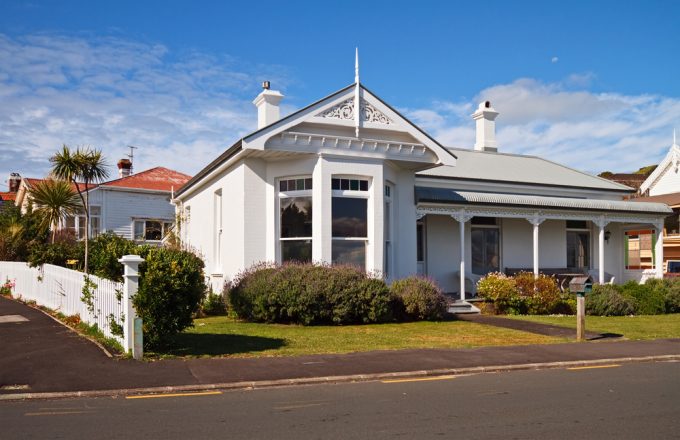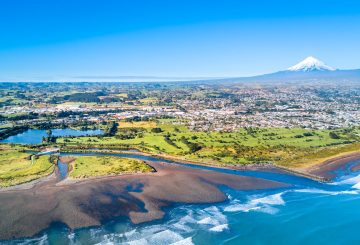Housing affordability for first-time buyers reached a new low in October – the lowest point since interest.co.nz’s Home Loan Affordability Report began in 2004.
The report measures three indicators of housing affordability for first-time buyers: the average price of a house in the lower quartile, interest rates on mortgages and the average salary of 25–29 year-olds.
From this information, it works out how much first-time buyers would need to save for a 10% deposit, how much they would need to borrow, and what their weekly mortgage payments would be.
Mortgage payments are considered unaffordable when they reach more than 40% of take-home pay.
At October’s prices, to buy a home at the national average lower-quartile price of $610,000, a first-time buyer would need to save $61,000 for a 10% deposit and borrow $549,000 on a mortgage. Their mortgage payments at October’s average two-year fixed rate of 5.88% would be $849 per week.
The national average after-tax pay for couples aged 25–29 was $1835 a week in October. This means that mortgage payments would consume 46% of take-home pay – well into the unaffordable area.
The national mortgage affordability measure has been above 40% since house prices peaked in November last year. It is continuing to rise, meaning that affordability is getting worse.
The only regions where the mortgage affordability measure for a lower-quartile home is below 40% are Manawatu/Whanganui, Taranaki, Otago and Southland.
However, Otago, at 39.97% of after-tax pay, is just below the threshold, leaving only three regions of the country ‘affordable’.
The report states that affordability is easier for buyers who can provide a 20% deposit, however, this would be a challenge for the majority of first-home buyers on average incomes.






























































